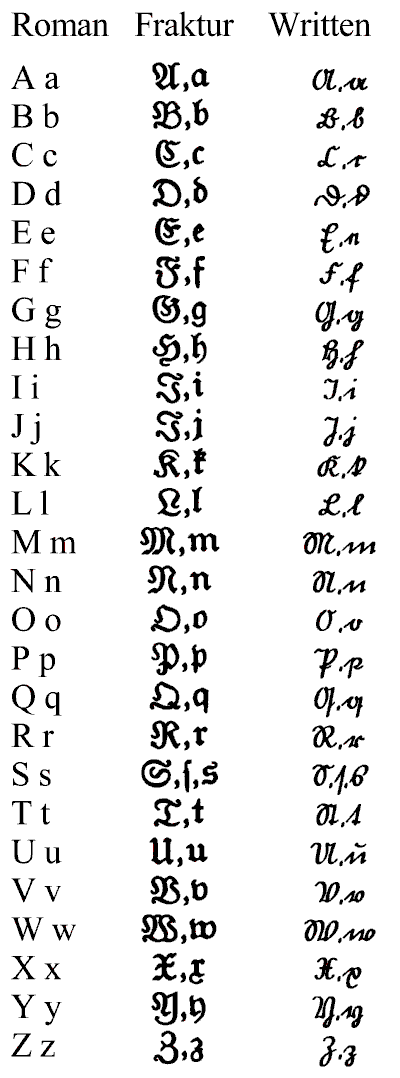 Cloth Bindings
Cloth Bindings
 In the 19th century, cloth case bindings were popular. In Germany, these case bindings were referred to as German Bradel Binding. The origins of this type of binding is unknown; however, the name comes from a Frenchman who worked in Germany, named Alexis-Pierre Bradel.
In the 19th century, cloth case bindings were popular. In Germany, these case bindings were referred to as German Bradel Binding. The origins of this type of binding is unknown; however, the name comes from a Frenchman who worked in Germany, named Alexis-Pierre Bradel.
 First, the signatures are aligned at the edge of a table and then glued together. The glue is worked into the crevaces and allowed to dry. If a more rounded backing is desired, a small hammer is used to round it out. The tapes are frayed and glued down in a fan shape. The backing is then lined with mull which is an adherent.
First, the signatures are aligned at the edge of a table and then glued together. The glue is worked into the crevaces and allowed to dry. If a more rounded backing is desired, a small hammer is used to round it out. The tapes are frayed and glued down in a fan shape. The backing is then lined with mull which is an adherent.
 The spine of the book, called the Bradel spine, is made out of a strong, thick paper. If the spine is rounded, then the paper is wrapped around a dowel to dry. The case of the book, then, has to be prepared.
The spine of the book, called the Bradel spine, is made out of a strong, thick paper. If the spine is rounded, then the paper is wrapped around a dowel to dry. The case of the book, then, has to be prepared.
 The cloth is cut in a larger dimensions than the desired book. The boards are laid on top of the cloth, separated by a gap for the spine lining. They are measured out and pasted down on the cloth. A bonefolder is used to smooth down the cloth over the board in order to prevent wrinkling. The edges are turned in and glued on the inside of the case.
The cloth is cut in a larger dimensions than the desired book. The boards are laid on top of the cloth, separated by a gap for the spine lining. They are measured out and pasted down on the cloth. A bonefolder is used to smooth down the cloth over the board in order to prevent wrinkling. The edges are turned in and glued on the inside of the case.
To have an embossed finish, like the German eagle on the edition of Mein Kampf that I am studying, an embossing press and itallic gold foil are required. A brass carving of the German eagle and Nazi swastikas was used to emboss onto the cloth.

 Before the case and the book are put together, the book must be trimmed. A secondary lining is glued over the spine. The case is then joined with the book. There is a small video at the end of the blog that shows you how case-binding is done with a machine.
Before the case and the book are put together, the book must be trimmed. A secondary lining is glued over the spine. The case is then joined with the book. There is a small video at the end of the blog that shows you how case-binding is done with a machine.
Works Cited
"About the Binding." : Bradel Binding -part 1 a Paper Case Binding. N.p., n.d. Web. 04
Apr. 2015.
"German Case (Bradel) Binding." - Peter D. Verheyen || The Book Arts Web.
N.p., n.d. Web. 04 Apr. 2015.












.jpg)














